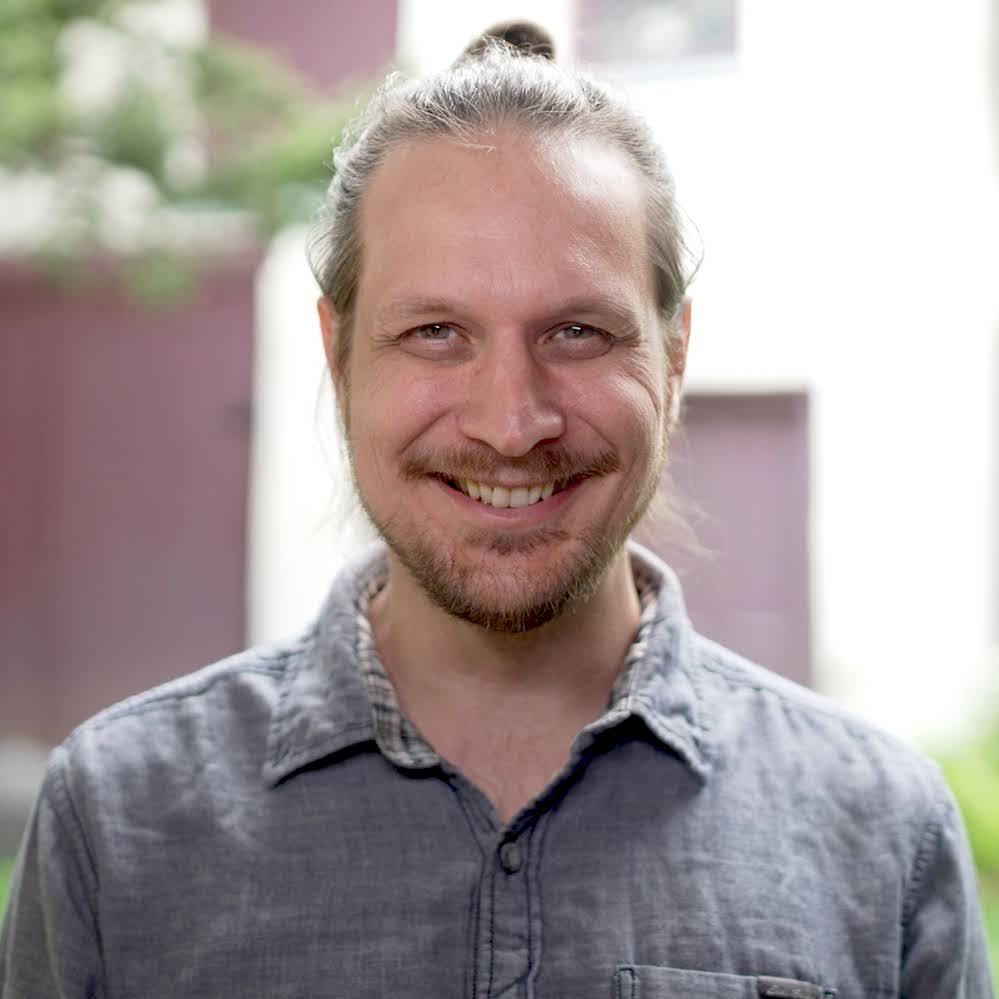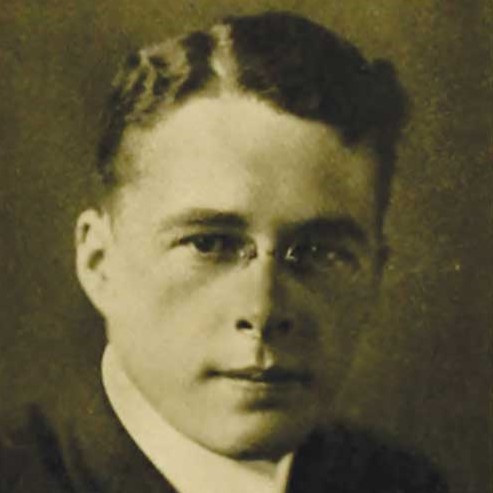Room for the Infinite
Text follows the narration of the video:
“Chinese landscape paintings frequently puzzle Western observers. They seem to be so bare, so simple. A jutting crag, a tumbling waterfall, a brook flowing out of illimitable distance, a moving tree overhanging the brook. And between and around the objects lie vast spaces, unbroken stretches of uniform background out from which these few powerful hills, or singing brooks, or rhythm-filled trees project.
Can it be that the Chinese artists have only rudimentary skill and artistic sense and can proceed no further in their paintings? Did they not know how to fill the surface to the full? Yet critics tell us they are the world’s masters of landscape.
There is a profundity and subtlety in such pictures that we never should have missed. Such painting carries the universe in its bosom. It sets forth the Infinite, the Everlasting Background and Source of all things, and shows us the infinite particulars as out-jutting revelations of Itself. Out from It they came, back into It they retire. There is no disconnection; the finite is a fragmentary disclosure of the Infinite, a rhythm-filled continuation of that unspeakably full Life which gives it birth.
There is no barrenness in the picture. For those open spaces are the fullest part of the scene. Space surrounds and embraces the rock and wind-moved trees in its tender, mighty clasp. It extends behind all objects as their common background. All spaces are one Space. …
Sit before a painting of a few bamboos, a few joints that are resolved, here and there, out of the undifferentiated background. It is enough; one worships; one cannot ask for more.
For the open spaces are the analogue of the silences in a meeting for worship. Too full for articulate expression, the glory and fullness of the Infinite can only be portrayed by the unbroken silence. Unhurried, unharried, we feel our way back to the world’s Mother, as the child feels its way to its parent’s arms. And there the Unspeakable is enough, fuller than expostulations and assurances. Yet again and again from out of that background emerge words, outthrusts of the Divine Life, a few sentences uttered in time yet pronounced from Eternity, a daily matter is set in cosmic frame. Resumption of silence is but the continuation of silence; unbroken space extends behind crag and cascade and river.
To crowd the canvas full with finite figures… that would be to miss the most important part of the picture.
We live in a secularized culture. And what does that mean? It means that we do crowd the canvas full. We leave no room for the Infinite. The daily affairs are just the daily affairs. No awareness of the background of the Infinite Life, out-thrusting, inbreathing, self-revealing, sets off the day’s experience and gives it cosmic sweep and dignity. The primrose by the river’s bank is but a primrose. There is no room for wonder, for glory, for worship in the secular mind. A spade is a spade, a saint is a collection of atoms, the Cross is made of cellulose.
The secular mind of our day lacks depth, it lacks that dimension whereby the finite is bound to the Infinite. We crowd the canvas full. We must keep the radio going, or hurry away to the movies, or the next committee, or hunt for conversation, or fidget till we find three more for bridge.
Laurence Binyon, in his Spirit of Man in Asian Art, says we Westerners are afraid of space, of all-filling, all-embracing space. Awful, awe inspiring, it engulfs us all. But we dare not become aware of it. We cover it over with the near, the local, the detailed. And, filling the canvas with such, we say there is no Infinite Background, when we have blotted it out.
The secular mind is too much ours, as individuals, as a culture.
But now and again one finds a life so lived that its daily deeds are set in a frame of Eternity. There is a spaciousness about such a life. Majestic space is its aura. Unhurried and sure, it breathes forth out of the Everlasting. The odor of the Ageless is upon it. By its serenity we are shamed and recalled. Shuddering and quieted we turn again Home.
Like personality ringed by the deepest secrets of God and of his world.”
— Thomas Kelly
The Eternal Promise

Query of the Week
How do you live your life to affirm the sacredness of the everyday?
How do you turn daily habits into opportunities for connection to Spirit? How have you noticed the sacred appear in the mundane?


This week’s messages are guest edited by Jon Watts, Quaker songwriter, videographer, and founder of Thee Quaker Project (the organization that publishes the Daily Quaker Message). Find out more about Jon.


